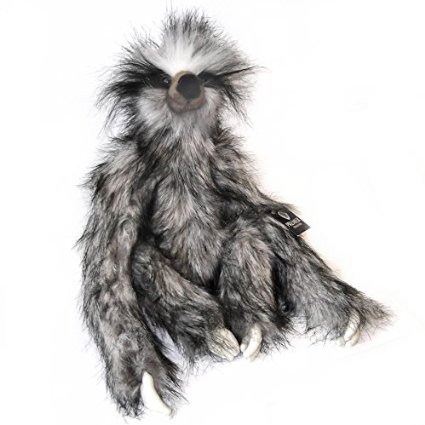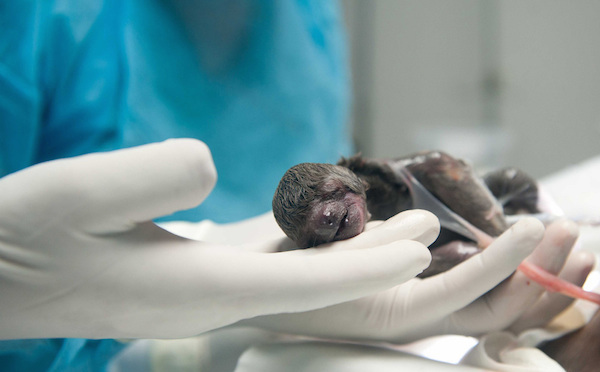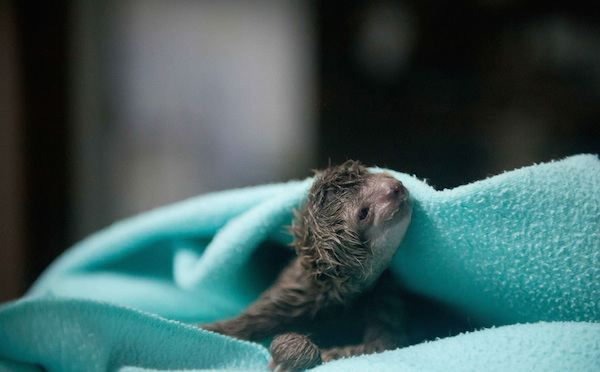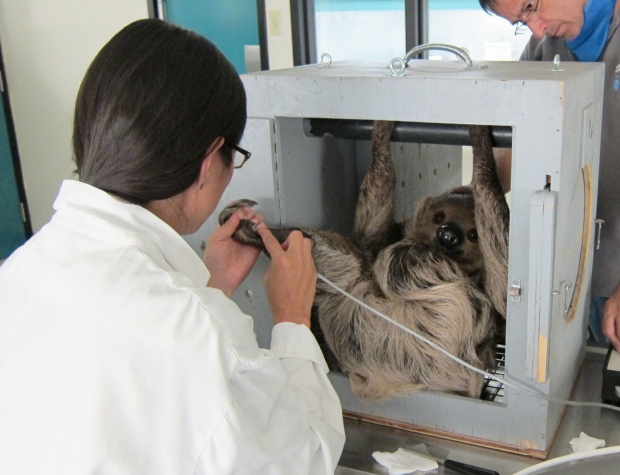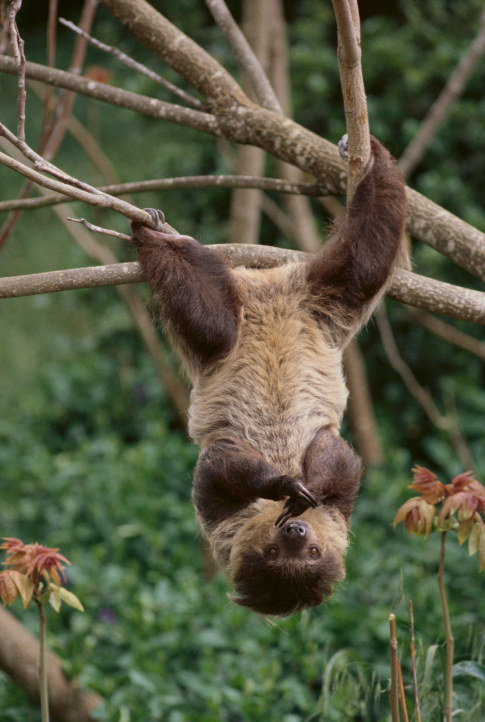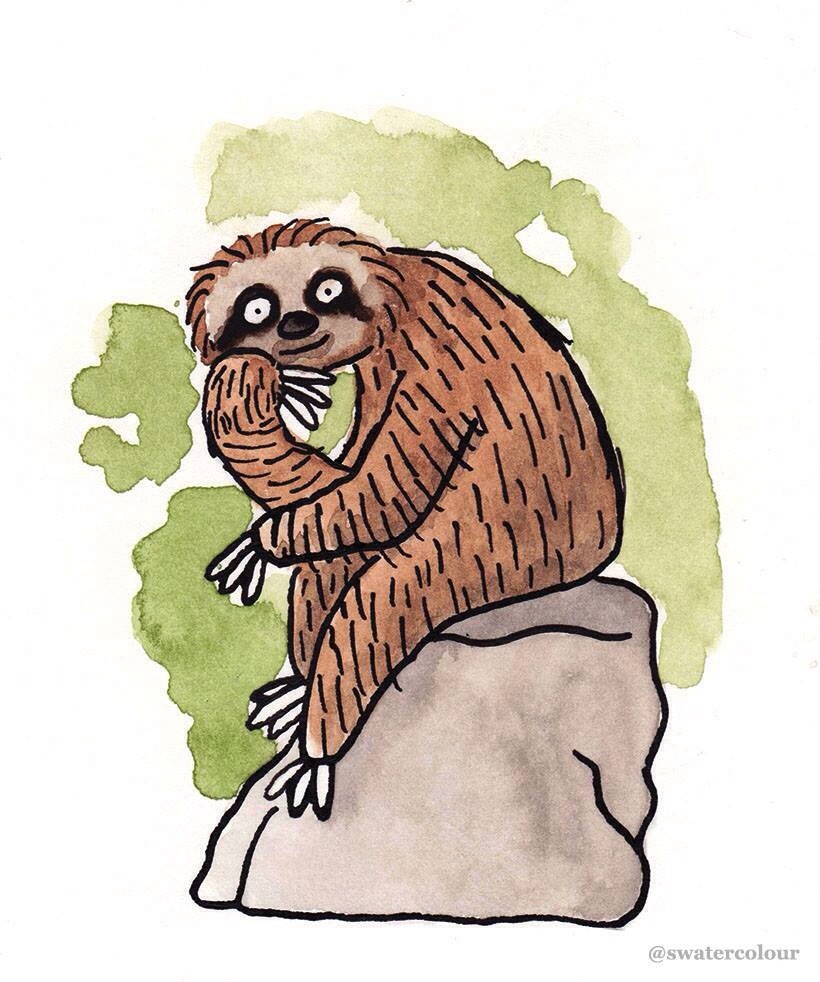In a study published last month in PLOS One by Mendes and colleagues, researchers examined the distribution of maned sloths in South America, and found that their habitat was restricted to the coastline of Brazil.  This area is “between 0 and 2,349.86 m of altitude, with an annual temperature between 8.5 and 19.4°C, and an annual precipitation between 753.01 and 2,592.0 mm”. However, the amount of suitable habitat for the maned sloth may (worryingly) be lost in the coming years due to different factors such as deforestation.
This area is “between 0 and 2,349.86 m of altitude, with an annual temperature between 8.5 and 19.4°C, and an annual precipitation between 753.01 and 2,592.0 mm”. However, the amount of suitable habitat for the maned sloth may (worryingly) be lost in the coming years due to different factors such as deforestation.
Not only [should] conservation actions should be taken in the protected areas, but also they are dearly needed to restore and reconnect the surrounding habitats and other important ones where maned sloth is known.
If you would like to help in rainforest conservation and hence the maintenance of the maned sloth’s population, you can make a donation to the Amazon Conservation Association or the World Land Trust’s Atlantic Rainforest Project. 
